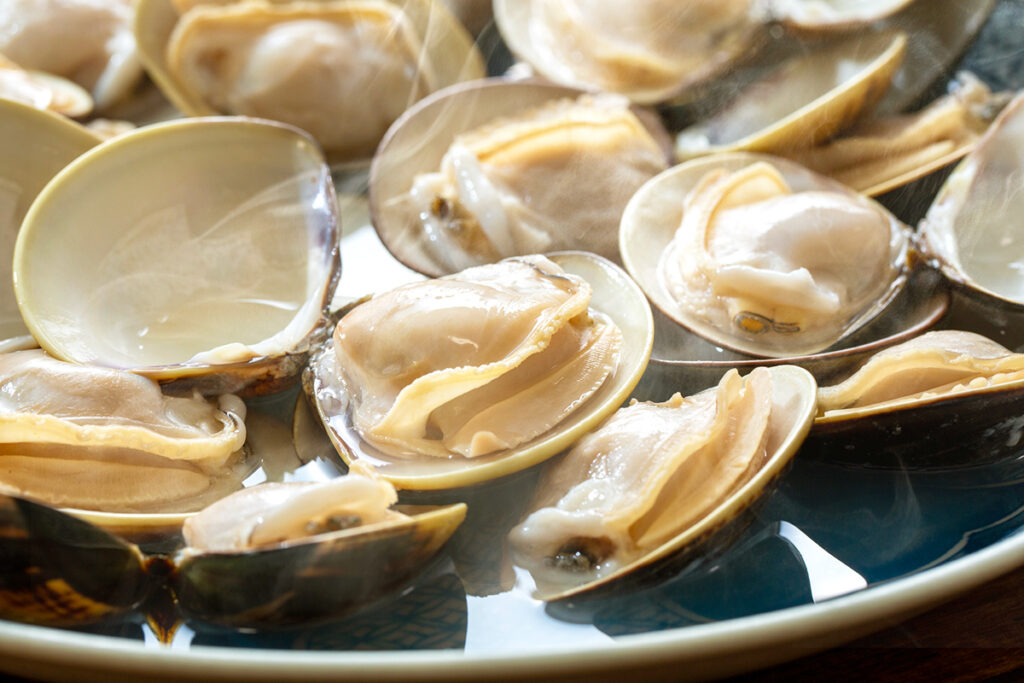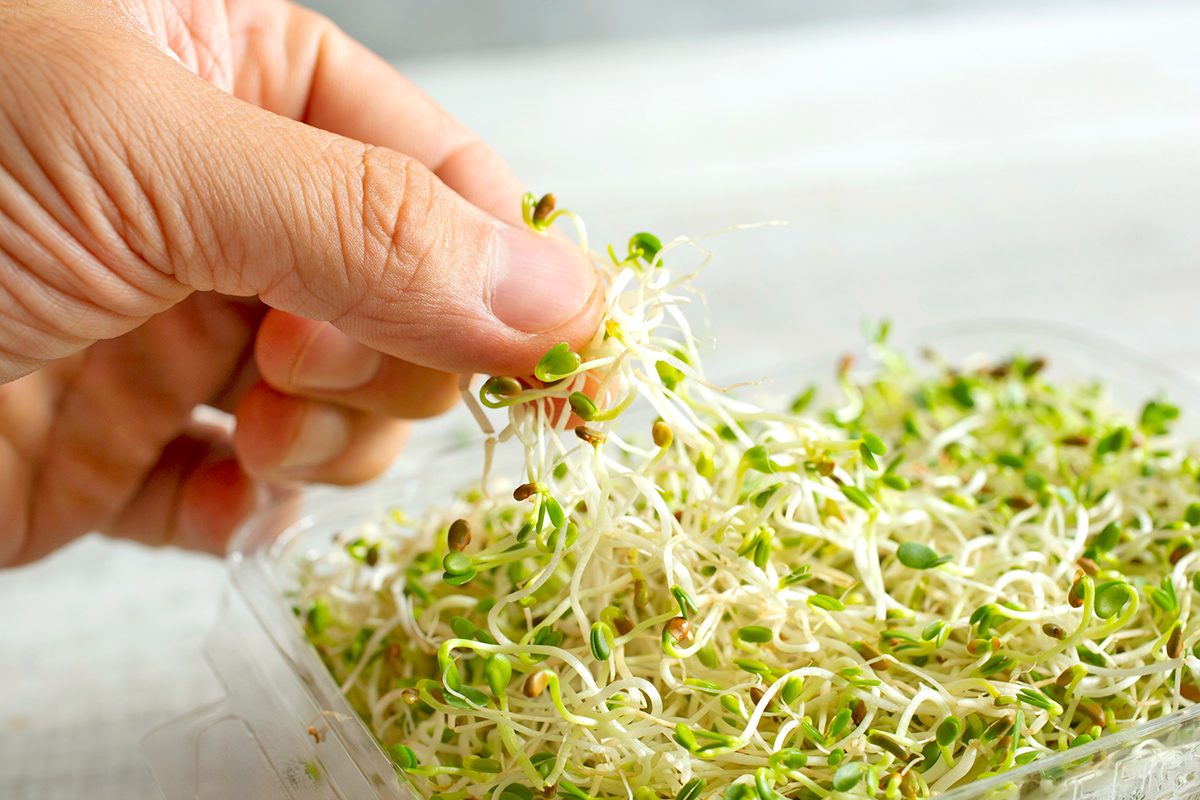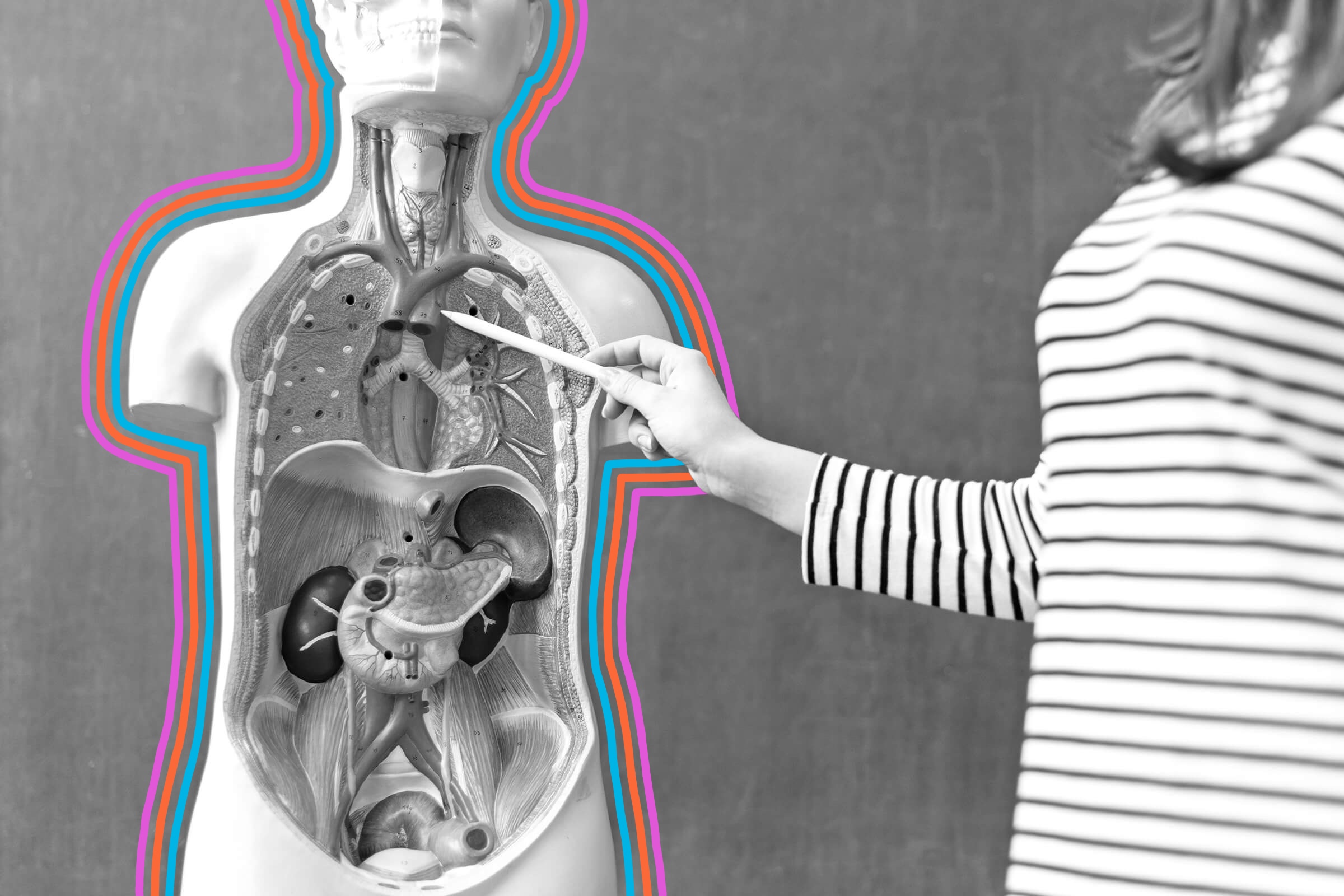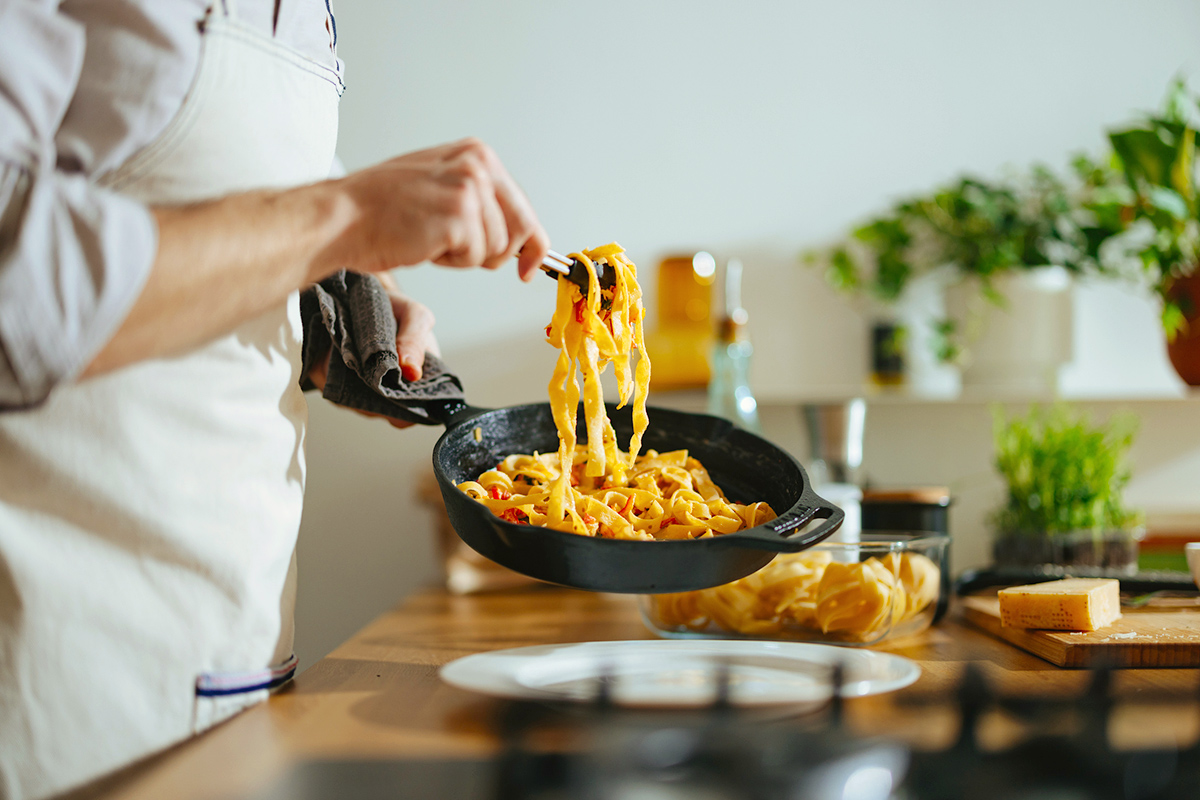People often ask me about food. That’s understandable, given that I’m a trained chef and a former restaurateur; it’s like hitting up a doctor for health advice if you meet one socially. At times, there’s even a degree of overlap, because what people often ask me about is food poisoning and food safety. I’m fine…
One of the most common questions I get is this: Are there things I simply won’t eat due to safety considerations? My answer is usually some variation of “Oh, you betcha!” because there are plenty of things I avoid. Here are eight of them, along with a brief explanation of why I consider them problematic.
1. Left-Out Leftovers
Bacterial growth is why food safety guides harp on time and temperature. Nasty bugs flourish at temperatures between 40 and 140 degrees Fahrenheit, and in that “danger zone,” their numbers can double in as little as 20 minutes. This is important, because the more bacteria that are present, the higher the risk you’ll get sick. The number needed to make you sick is called the “infective dose,” and it can be alarmingly small for some bacteria: under 500 individual bacteria for Campylobacter, for example, and as few as 10 for E. coli.
This is why the USDA warns against eating leftovers that have been sitting out for more than two hours, or even one hour if it’s a hot day with a temperature up into the 90s. I know some of you do this regularly and say, “It hasn’t killed me yet.” But I want to share a couple of details that you might not realize:
1. With most foodborne pathogens, it’s three to four days before you feel the effects, and with some, it can be up to eight days. This is why many people blame it on what they had for lunch that day, which is often inaccurate.
2. How frequently does someone in your household get a “stomach bug” or the “stomach flu”? That’s gastroenteritis, and foodborne pathogens are one of the main causes. They’re not the only possible cause, but you may be doing it to yourself more often than you think.

You may have noticed that food safety professionals, as well as USDA and FDA fact sheets, tend to use the term “foodborne illness” rather than “food poisoning.” They’re actually two distinct things. Food poisoning (properly speaking) is like any other kind of poisoning: It comes from eating a poison or toxin. This may be a foreign substance that gets into your food (such as a cleaning product) or a toxin that’s produced by a bacteria within your food. Foodborne illness is a broader term, referring to the effect of any pathogen or toxin that occurs in food and makes you sick.
So, food poisoning is a form of foodborne illness, but technically not all foodborne illness is food poisoning. Admittedly, it’s a distinction you may not care about on your umpteenth trip to the bathroom. But if you’d like to know more about foodborne illness and the bacteria that cause it, I’d suggest downloading the FDA’s free Bad Bug Book, which contains a lot of useful information.
More from our network
House Outlook is part of Inbox Studio, which publishes content that uplifts, informs, and inspires.
2. Cookie Dough and Cake Batter
I know I’m breaking some hearts with this one, because the raw dough is arguably just as tasty as the baked cookies. Heck, I licked many a beater or wooden spoon myself when I was a kid and my mom was baking. It was a big treat, but I don’t do it anymore.
Why not? The obvious answer is eggs. They’re prone to salmonella contamination, and contrary to popular belief, it’s not confined solely to the eggshells. A less obvious answer is that flour itself can make you sick: It can be infected with salmonella or E. coli and has caused multiple outbreaks over the past couple of decades (including 20 hospitalizations, according to the FDA).
Does this mean no raw cookie dough? Not at all. You can buy eat-or-bake cookie dough at most supermarkets, such as Pillsbury Ready to Bake products. You can also buy pasteurized eggs in the frozen section and use those for your baking. Flour is a thornier problem, because heat-treating (pasteurizing) it at home isn’t reliable. For a truly safe, eat-raw cookie dough, your best bet is an “instant” flour, such as Wondra, since it’s already fully cooked.
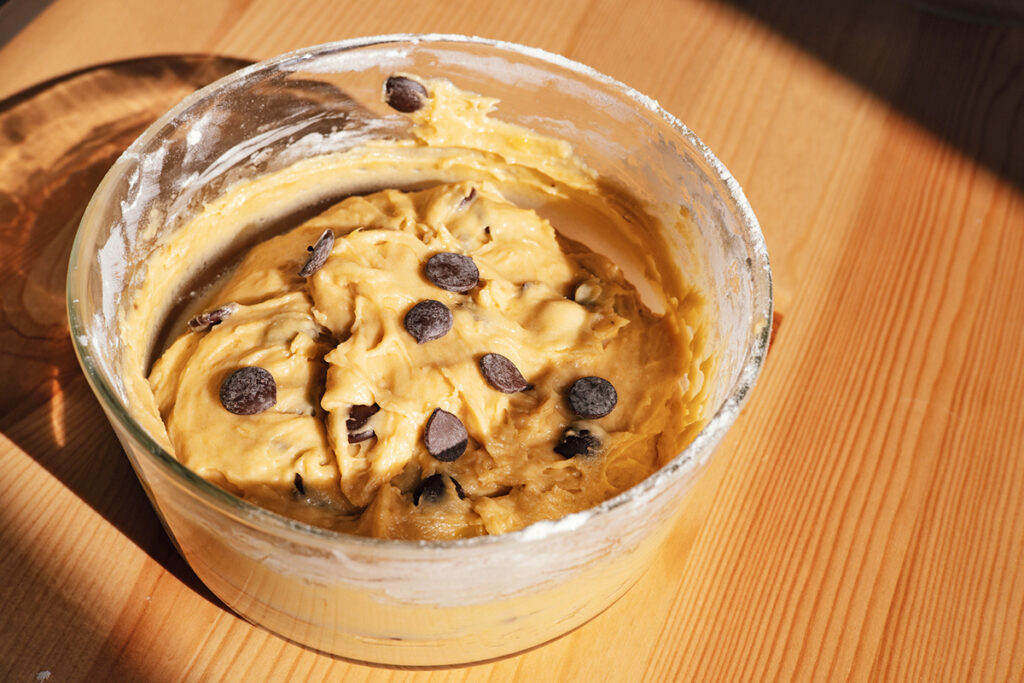


3. Other Peoples’ Home-Canned Goods
Home canning is a great food preservation method. I do it myself, and I have both a water-bath canner and a big pressure canner. Living in the country, where winter power outages are common, I appreciate being able to “put up” food that doesn’t need a working freezer to stay safe.
However, unless I know someone personally and have watched them or helped them when they’re canning, I have no way of knowing whether they’ve properly sterilized the jars, prepared the food safely, adjusted the time appropriately for their altitude, or processed the food for the correct amount of time. The penalty for getting it wrong can be botulism, and that’s life-threatening, so I’m appropriately cautious.
If you want to be sure your own canning is done the right way, I’d suggest downloading the USDA’s Complete Guide to Home Canning (it’s free, from the National Center for Home Food Preservation website). Ball’s Complete Book of Home Preserving is another reliable resource; but be sure to buy the latest edition, as each version makes changes to reflect current research and best practices.
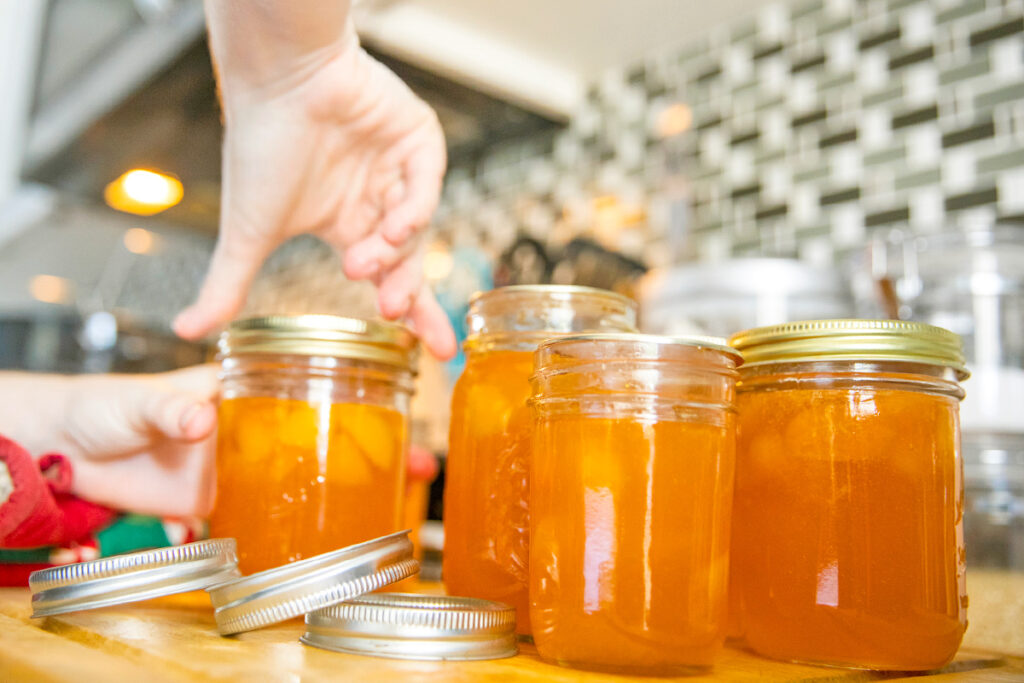
4. Food From Damaged Cans
Some people turn up their noses at commercially canned food (though tinned fish has gotten trendy over the past few years), but it’s a great pantry staple because it lasts for years. It’s comforting to have at least a few things on hand for emergencies, right? But while canned food has a long shelf life, it’s not infinite, and damage to the can is a major red flag.
Discard swollen cans immediately, because this indicates the food inside is fermenting or otherwise biologically active. Visible rust on the can is another danger sign because it can compromise the seal. Freezing can do the same, as the contents expand and put pressure on the seams. Any dent deep enough to create a sharp corner, or any dent on the can’s seams, can also break the seal.
I’m a frugal shopper, so I do occasionally buy dented cans for the discount. But I only buy them if the dents are shallow and away from the seams.

5. Unwashed Salad Greens
When you think about foods most likely to make you sick, you probably picture things like raw eggs or undercooked chicken. But one of the most common culprits is leafy greens, which probably weren’t on your radar. There are a surprising number of recalls for salad greens, ranging from head lettuce to cut and prebagged salads.
Although there are lots of products available that claim to clean your produce effectively, they aren’t well tested (and may add residues of their own). Your best bet is to rinse them well under cold running water, removing any visible soil. This won’t remove all bacteria, but it sharply reduces their numbers and also washes away pesticide residue.
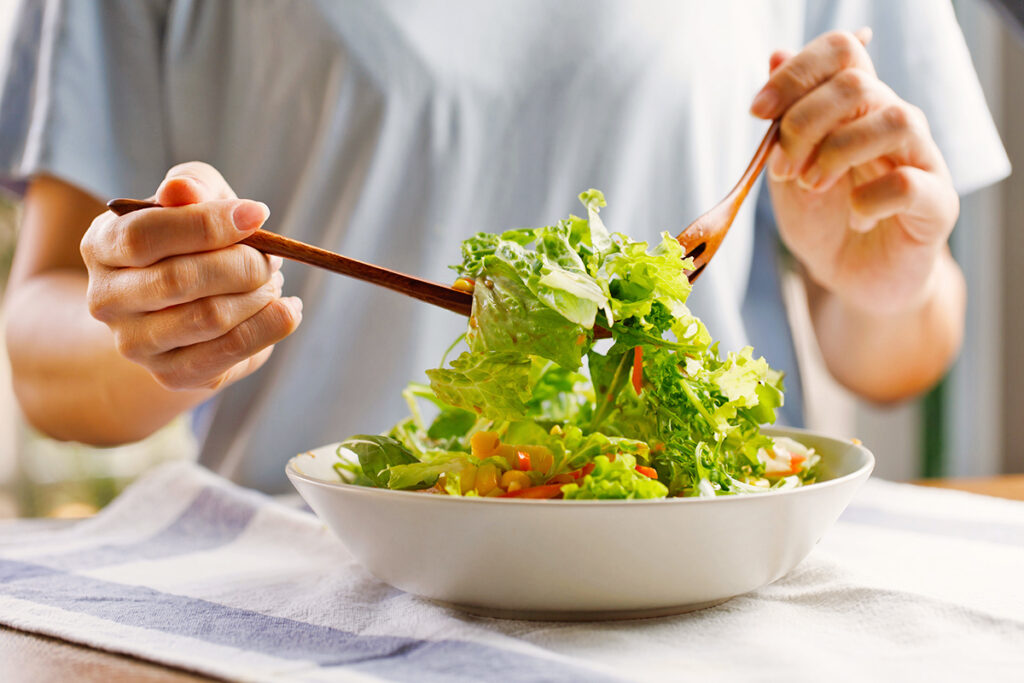
6. Uncooked Sprouts
Uncooked sprouts are also a really problematic fresh veggie option. I subscribe to a food safety recall email list from the federal government here in Canada (you can sign up for emails from the FDA in the U.S.), and sprouts have frequently been the source of some significant outbreaks.
Why? Unfortunately, the same warm, damp conditions that help sprouts grow also encourage the growth of pathogens. You can wash them thoroughly in cold running water, as you would with salad greens, or cook them to kill any bacteria that might be present. Obviously, cooking works better with bean sprouts in a stir-fry than it does for alfalfa sprouts on a sandwich. Alas, sprouting your own doesn’t necessarily help: The FDA has found that contaminated seed is often the root of the problem (no agricultural pun intended).
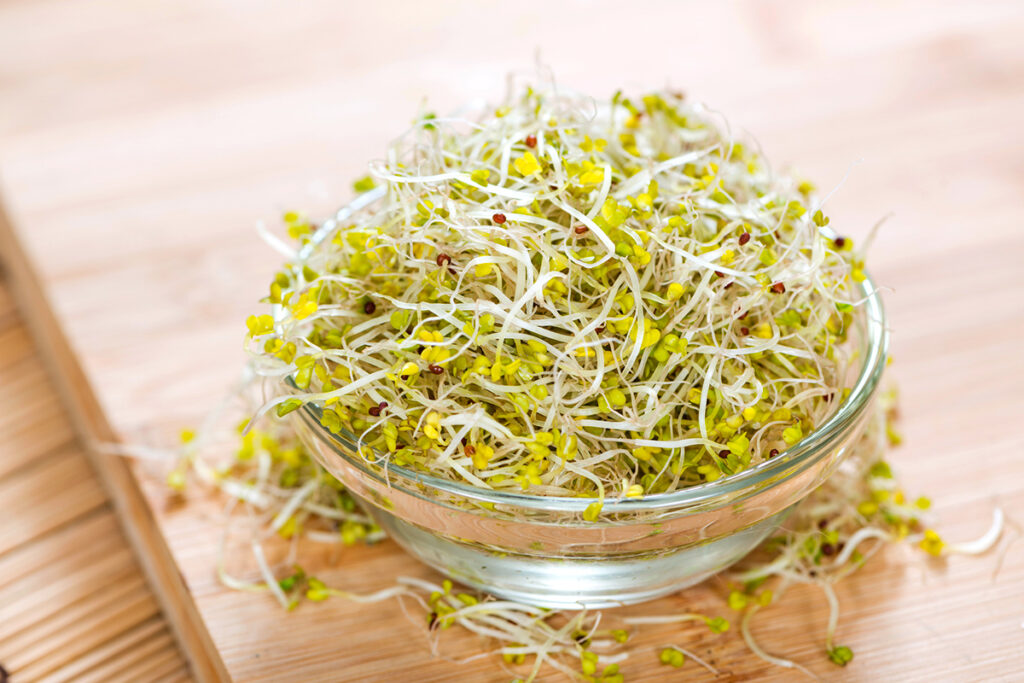
7. Stuffing Cooked in the Bird
This is another polarizing example. But here’s the thing: If I took an uncooked chicken or turkey and dribbled its raw juices over your food, you wouldn’t touch it. Yet when you cook stuffing inside the bird, those same juices soak right in, and they may or may not reach a fully food-safe temperature before you pull the bird from the oven. That’s the recipe for a few really bad days after the holiday meal, and unlike a lot of other Thanksgiving dinner problems, there isn’t an easy fix for this one.
That said, you can technically do it if you’re absolutely wedded to the idea. The USDA has a guide just for cooking stuffing safely, and if you follow its guidance, you should be OK. But cooking the bird until the stuffing inside reaches a food-safe temperature of 165 degrees Fahrenheit means the actual turkey (or chicken) itself will be overcooked. Also, if I’m a guest in someone’s home and haven’t watched how they prepped the stuffing, I have no way to know if it was done safely. So, I’ll politely pass to avoid any risk.
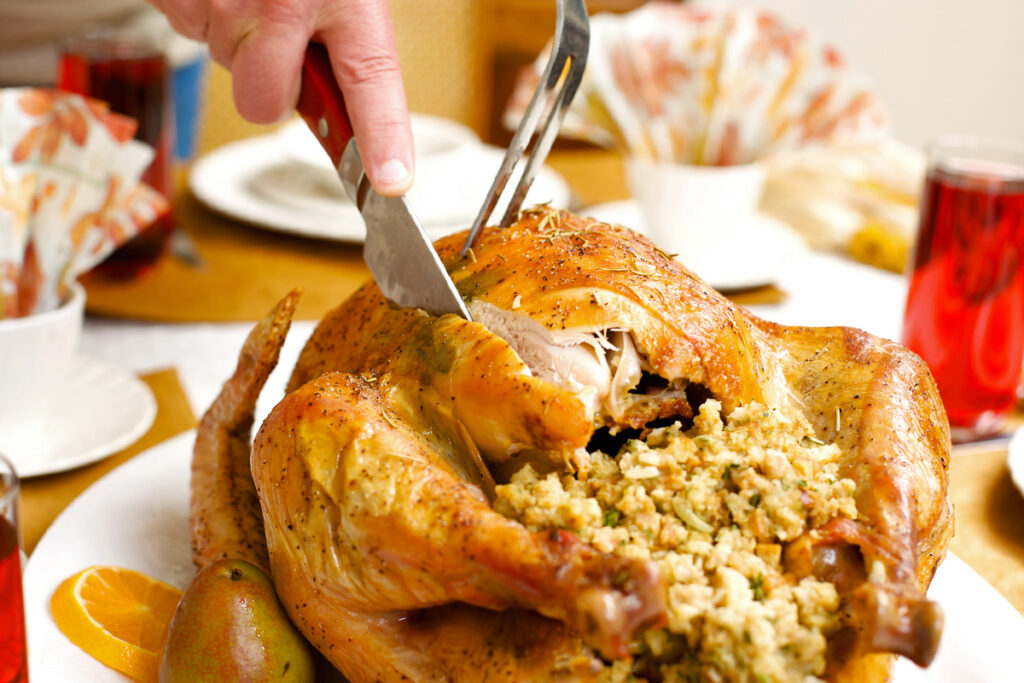
8. Dubious Shellfish
I grew up on the East Coast and live there again now. One of the cool things about coastal living is that (depending on local laws, water quality, etc.) you can just go down to the shore and harvest a few clams or mussels if you feel like it. I’m a big fan of fresh shellfish and eat them whenever the opportunity arises.
That said, I’m always leery of eating those same shellfish if their provenance is shaky or if I don’t know the cook. If I’m buying them for myself, I can assess the seller’s attention to safety and the quality of the shellfish. If I’m eating them at an established seafood restaurant, I’m confident that the chef and staff know what they’re doing.
But shellfish from pop-ups, food trucks, and inexperienced cooks make me nervous. (I know food truck proprietors and market vendors are sometimes trained pros as well — I used to be a market vendor myself — but that’s not always the case.) It takes only one bad mussel or clam to ruin your whole day and usually several days after that. Tip: The rule for shellfish is that they should close when they’re alive (tap them and see what happens) and open when they’re cooked. Discard the ones that fail either test.
